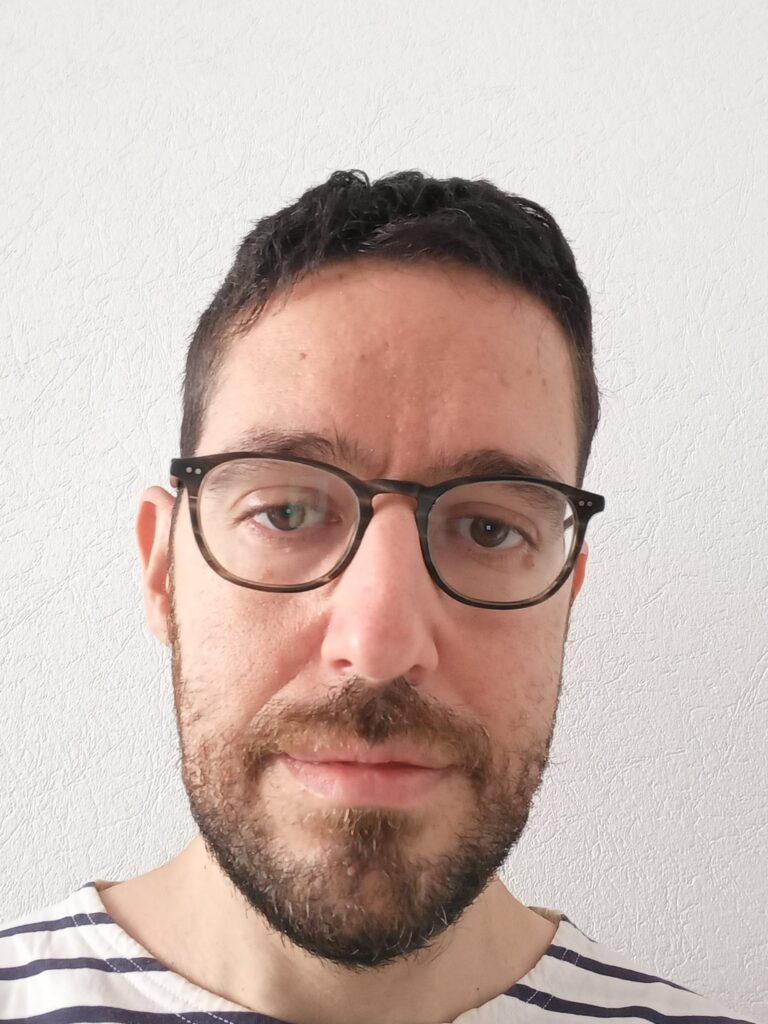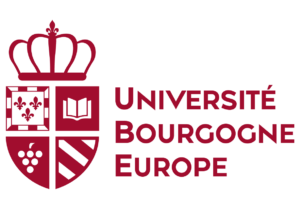ICB – Laboratoire interdisciplinaire Carnot de Bourgogne
Menu
Annuaire

LÓPEZ MARÍN Isidoro
Département :
Interfaces
Fonction :
Maître de conférences
Localisation :
CR08
Thématique de recherche :
Coordonnées
Tél. +33 (0)3 80 39 61 54
Isidoro.Lopez-Marin@ube.fr
CARRIÈRE
PROJETS
EXPERTISE
COMMUNICATIONS
PUBLICATIONS
ENSEIGNEMENTS
CARRIÈRE
PROJETS
EXPERTISE
COMMUNICATIONS
PUBLICATIONS
ENSEIGNEMENTS
Nos départements de Recherche
CO2M
Conception, Optimisation
et Modélisation
en Mécanique
ICQ
Interactions et
Contrôle Quantiques
Interfaces
Nanosciences
Photonique
PMDM
Procédés Métallurgiques Durabilité, Matériaux
Rapport d’activité 2024
Téléchargez notre rapport d’activité (80 pages) au format .pdf
Membres
Retrouvez l’annuaire complet de l’ensemble des membres de l'ICB
Publications
Consultez les dernières publications scientifiques de l'ICB


